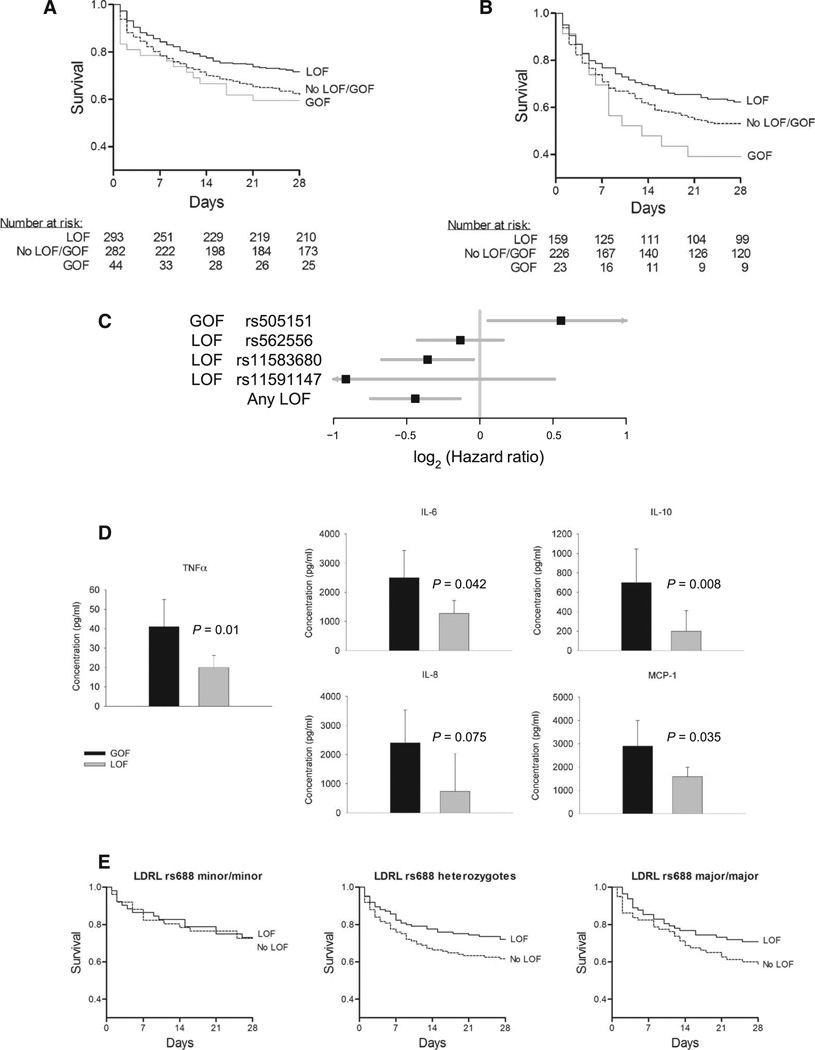Fig. 4. Effect of PCSK9 genetic variants on human septic shock.
(A) LOF and GOF 28-day survival curves in VASST. Patients in VASST having at least one PCSK9 LOF allele (solid black line) had increased survival over 28 days compared to patients without a LOF or GOF allele (dashed black line) and those patients having a GOF allele (gray line) (P = 0.0029 by log-rank test). (B) Survival curve for SPH cohort by LOF and GOF genotype. Similarly, in the SPH replication cohort, patients carrying at least one LOF allele (solid black line) demonstrated increased survival compared to those who did not (dashed black line), and patients carrying a GOF allele (gray line) had decreased survival (P = 0.022 by log-rank test). (C) Plot of individual and pooled hazard ratios by SNP in a combined VASST + SPH sepsis cohort. (D) Plasma cytokines taken upon enrollment (median, 18 hours after the onset of septic shock) in VASST patients. Patients carrying a PCSK9 LOF allele had significantly (using ANOVA), or a trend toward, lower plasma cytokine concentrations compared to patients carrying a GOF allele (Fig. 3C) for TNFα (P = 0.01), IL-6 (P = 0.042), the anti-inflammatory cytokine IL-10 (P = 0.008), the human CC chemokine MCP-1 (P = 0.035), and the human CXC chemokine IL-8 (P = 0.075). (E) Survival in VASST of LOF and No LOF patients by LDLR rs688 genotype. In patients carrying two copies of the LDLR LOF allele of rs699, survival was not altered by PCSK9 LOF (P = 0.67 by log-rank test). In contrast, for patients carrying at least one wild-type allele of LDLR, PCSK9 LOF was significantly associated with improved survival (P = 0.009 by log-rank test).

